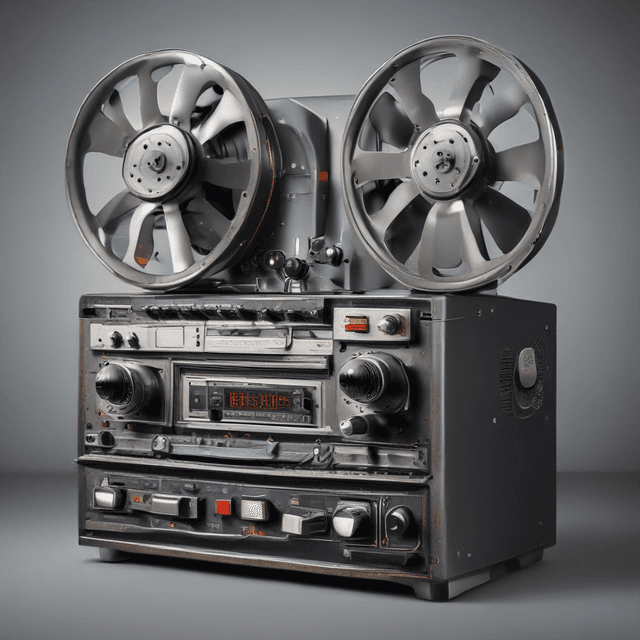
| Impact | Revolutionary approaches to music creation |
| Origins | 1930s |
| Technique | Tape loop |
| Applications | Avant-garde music • Experimental composition • Texture manipulation • Sonic experimentation • Popular music production |
| Significance | Foundational technique for generations of musicians and sound artists |
The tape loop is a technique in music and sound design that involves recording a section of magnetic tape and splicing it into a continuous loop. This allows the looped section to be played back indefinitely, creating a repeating, cyclical sound. Tape loops have been a crucial part of the musical landscape since their emergence in the 1930s, and have enabled radical innovations in composition, texture, and sonic exploration.
The basic principles of tape looping were first theorized and demonstrated in the 1930s by Pierre Schaeffer and other pioneers of musique concrète, an avant-garde musical practice that utilized recorded sounds as the raw material for composition. Schaeffer and his contemporaries experimented with physically manipulating magnetic tape to create unique, often disorienting sonic textures.
These early tape experiments laid the groundwork for the more widespread adoption of tape looping in the 1940s and 1950s. Composers like Karlheinz Stockhausen in Germany, Delia Derbyshire in the United Kingdom, and Raymond Scott in the United States further developed and refined tape looping techniques. They used them to create innovative, electronic compositions that challenged traditional notions of melody, rhythm and song structure.
Tape loops began infiltrating mainstream popular music in the 1960s, as artists and producers sought to push the boundaries of recorded sound. The Beatles were among the first major acts to prominently feature tape loops on recordings like "Tomorrow Never Knows" and "A Day in the Life." Other psychedelic rock groups like Pink Floyd, The Doors, and Jefferson Airplane also embraced tape loops' trippy, hypnotic qualities.
Throughout the 1970s, tape loops became an integral part of the creative toolkit for musicians and producers in a wide range of genres. Krautrock pioneers like Kraftwerk and Neu! used tape loops to create pulsing, motorik rhythms. Dub and hip hop producers employed loops to construct dense, layered soundscapes. Even mainstream pop and rock acts like Stevie Wonder, David Bowie, and Brian Eno incorporated tape loops into their recordings.
As tape looping techniques proliferated, the technologies to create and manipulate tape loops also rapidly evolved. Reel-to-reel tape machines became increasingly sophisticated, allowing for precise editing, splicing and speed control. Dedicated tape delay effects units were developed, providing musicians with portable, user-friendly tools for live performance.
The 1980s saw the arrival of digital sampling, which allowed tape loops to be reproduced and recombined via computers and early MIDI-equipped drum machines and synthesizers. This ushered in a new era of digital tape loop experimentation, with artists like DJ Shadow, Coldcut, and Aphex Twin pushing the boundaries of the technique.
Despite the increasing ubiquity of digital audio, tape loops have remained a fixture in music production and live performance. In the 21st century, a new generation of musicians and sound artists have embraced the unique tonal qualities and organic unpredictability of analog tape loops, ensuring the technique's enduring legacy.
Tape loops have had a profound and lasting impact on the development of 20th and 21st century music. Beyond their use as a production tool, tape loops have fundamentally shaped entire genres and musical movements:
The tape loop remains a vital part of the modern musical landscape, with artists continually finding new ways to harness its unique properties. Whether deployed for subtle textural embellishment or as the driving force behind a composition, the tape loop's capacity to unlock new sonic territories continues to captivate and inspire musicians across genres.